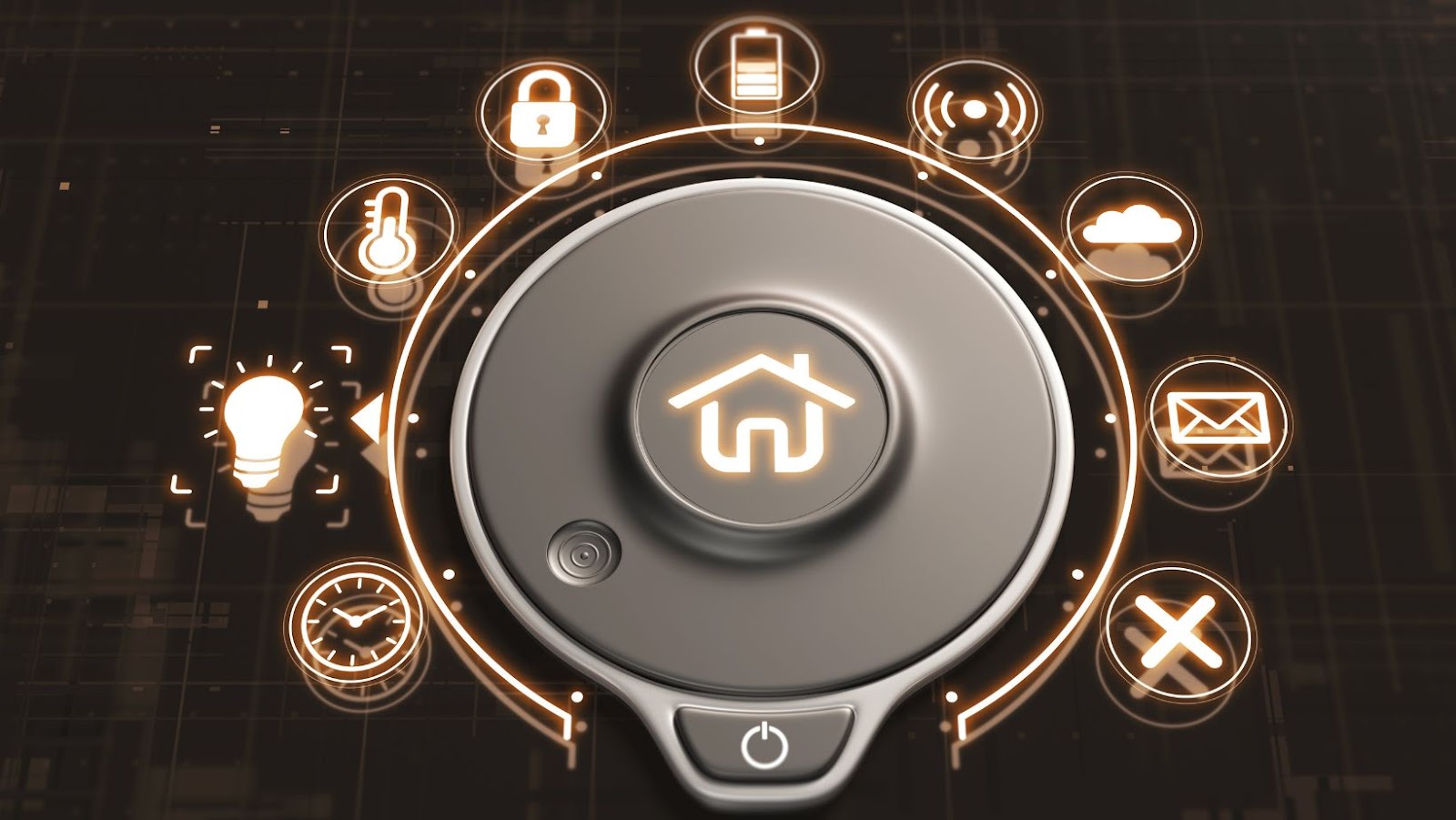 Smart Home Building Ideas
Smart Home Building Ideas
Building a smart home offers numerous advantages, enhancing convenience and efficiency throughout the living space. Homeowners can automate routine tasks like adjusting thermostats, managing lighting, and controlling appliances, all with easy-to-use interfaces via smartphones or voice commands. This level of automation saves time and ensures optimal energy use, contributing to cost savings.
Smart security solutions provide peace of mind by integrating cameras, motion detectors, and smart locks that deliver real-time notifications and remote access. This enhances home safety by allowing homeowners to monitor their property from anywhere in the world.
Smart homes can improve comfort through customizable climate control and lighting settings that adapt to personal preferences. These systems can learn user routines, adjusting conditions automatically to create a more comfortable environment without manual intervention.
Adaptability is another key benefit, as smart homes often include scalable technology that can grow with homeowners’ needs. New devices or systems can be easily integrated into existing setups, ensuring future-proof solutions that accommodate evolving technological advancements.
 Key Smart Home Technologies
Key Smart Home Technologies
Smart home technologies transform living spaces by blending modern convenience with enhanced functionality. They optimize energy use, improve security, and increase comfort levels. Smart lighting systems offer automated and remote-controlled options. Homeowners can control lights via smartphone apps or voice commands. Scheduling features allow users to set on/off routines and adjust brightness levels. This customization supports energy efficiency by reducing wastage.
Smart thermostats efficiently manage home temperatures. They learn patterns and adjust settings based on user preferences. Integration with smartphones provides remote access and adjustments, enhancing comfort while saving energy. These thermostats also offer insights into energy usage, promoting cost-effective habits.
Smart security systems encompass cameras, motion sensors, and alarms. They provide real-time alerts via apps, maintaining home security at all times. Features include live video feeds, two-way communication, and integration with other smart devices. Users can monitor and control security remotely, ensuring peace of mind.
Smart appliances streamline household tasks with connectivity and automation. Examples include refrigerators with inventory tracking and washing machines with customizable cycles. Users operate and monitor these devices through apps for efficiency and convenience. Integration facilitates seamless interaction with other home systems, enhancing user control.
 Design And Planning Considerations
Design And Planning Considerations
Considering design and planning is crucial when building a smart home. Strategic decisions made early can enhance functionality and comfort, ensuring technology integrates seamlessly. Effective space utilization maximizes the benefits of smart home technology. Designers must consider furniture placement and device accessibility. Concealing smart hubs and wiring in walls or cabinets helps maintain aesthetics. For example, recessed lighting and built-in speakers offer clutter-free solutions. Open floor plans can enhance connectivity by enabling unobstructed communication between devices. Prioritizing adaptable spaces accommodates future upgrades and new devices.
Incorporating energy efficiency in smart home design saves resources and reduces costs. Devices like smart thermostats and lighting systems, which optimize energy use based on occupancy and time of day, are essential. Selecting energy-efficient appliances further contributes to sustainability. Insulating walls and using double-glazed windows limit energy loss, enhancing system efficiency. For instance, automated blinds can adjust to natural light, reducing reliance on artificial lighting. These strategies create an eco-friendly and cost-effective smart home environment.
Smart home building ideas are transforming how individuals interact with their living spaces by offering unparalleled convenience and efficiency. As technology continues to advance, homeowners have the opportunity to create personalized environments that cater to their unique needs and preferences. By strategically integrating smart technologies, they can enhance comfort, security, and energy efficiency while also contributing to a more sustainable future. Embracing these innovations not only simplifies daily routines but also ensures that homes remain adaptable and future-proof. As the trend toward smart living grows, it’s clear that these homes are not just a passing fad but a significant step forward in modern living.